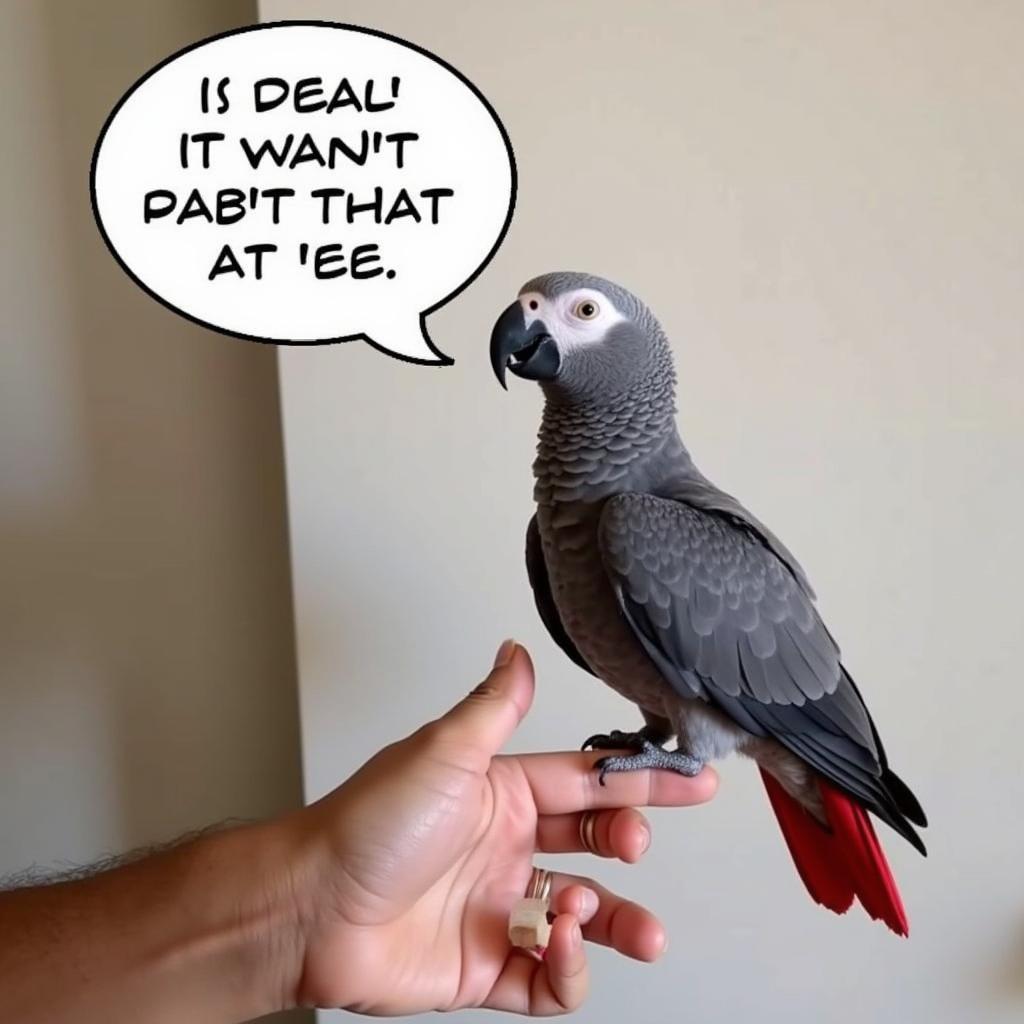Decoding African Elephant Sounds: A Journey into Elephant Communication
The world of African Elephant Sounds is a complex and fascinating one. These majestic creatures use a variety of vocalizations, from rumbling trumpets to soft purrs, to communicate with each other over vast distances. Understanding these sounds provides valuable insights into their social lives, behaviors, and the challenges they face.
The Symphony of Elephant Vocalizations
African elephants possess a wide range of vocalizations, each carrying a specific meaning and purpose. These sounds are crucial for maintaining social bonds, coordinating group movements, and warning of danger. The most iconic sound is the trumpet, a loud, resonating blast that can signal excitement, aggression, or distress. However, their communication goes far beyond this powerful call. They also produce rumbles, roars, snorts, and even a low-frequency rumbling infrasound that humans can barely hear. This infrasound allows communication over distances of several kilometers, vital for maintaining contact in vast African landscapes.
After seeing a group of elephants interact, you might be interested in seeing some African bull elephant pictures. african bull elephant pictures
Infrasound: The Silent Language of Giants
Infrasound is a key component of elephant communication. These low-frequency rumbles, often too deep for human ears to detect, travel through the ground and air for miles. Elephants use infrasound to communicate with distant family groups, find mates, and coordinate movements across vast landscapes. This “silent language” plays a crucial role in their social structure and survival.
What are the different types of African elephant sounds?
From the powerful trumpet to the subtle rumble, African elephants employ a diverse vocabulary of sounds. Each sound conveys a specific message, allowing them to express a range of emotions and coordinate social interactions. Understanding these different vocalizations provides a window into their complex communication system.
The Trumpet Call: A Sound of Power and Emotion
Perhaps the most recognized African elephant sound is the trumpet. This loud, resonant blast is often associated with excitement, aggression, or distress. It can be used to warn of danger, signal a charge, or simply express heightened emotion. The intensity and duration of the trumpet can vary depending on the context, offering nuances in meaning.
Rumbles: The Everyday Conversations
Rumbles are the most common African elephant sounds, used in a variety of social contexts. These low-frequency vocalizations are often described as rumbling or growling sounds, and they can convey a range of messages, from greetings and contact calls to expressions of contentment and reassurance.
Observing these interactions firsthand can be truly remarkable. Check out this documentation of an African elephant meeting. african elephant meeting
How do African elephant sounds help them survive?
African elephant sounds are vital for their survival in the wild. Communication allows them to maintain social cohesion, navigate their environment, and avoid danger. From warning calls that alert the herd to predators to contact calls that keep families together, these vocalizations are essential for their survival.
Social Bonds and Cooperation
The complex social structure of African elephants relies heavily on communication. Vocalizations, particularly rumbles and infrasound, help maintain social bonds within family groups and coordinate movements across vast distances. This cooperation is essential for their survival, enabling them to share resources, protect young, and navigate their environment effectively.
Dr. Anika Nkosi, a leading expert in elephant communication, emphasizes the importance of vocalizations in their social lives: “Elephant sounds are not just noises; they are complex messages that convey a wealth of information. They are the glue that holds their intricate social structures together.”
Predator Avoidance and Defense
African elephant sounds play a crucial role in predator avoidance and defense. Trumpets and roars can warn of approaching predators, allowing the herd to take defensive action. The combined power of these vocalizations and the physical presence of the elephants often deters potential threats.
Professor Jabari Olufemi, a wildlife biologist specializing in African elephants, notes the effectiveness of their vocal warnings: “The sheer volume and intensity of an elephant’s trumpet can be enough to scare off even the most determined predator. It’s a powerful defense mechanism.”
Conclusion
African elephant sounds are more than just noises; they are a complex language that allows these intelligent animals to thrive in their challenging environment. From the powerful trumpet to the subtle rumble, each vocalization plays a crucial role in their communication, social bonds, and ultimately, their survival. Understanding these sounds helps us appreciate the complexity of these magnificent creatures and the importance of protecting them and their habitats. Remember, if you are searching for resources about African elephant sounds or related topics like African language sounds, there is a wealth of information available. african language sounds
FAQ
- What is the loudest African elephant sound? The trumpet is the loudest, reaching over 100 decibels.
- How far can elephants communicate with infrasound? Infrasound can travel several kilometers.
- What do elephant rumbles mean? Rumbles convey a range of messages, from greetings to reassurance.
- How do elephant sounds help them survive? Sounds are crucial for social cohesion, navigation, and predator avoidance.
- Can humans hear all elephant sounds? Humans cannot hear infrasound, a key part of elephant communication.
- Why is it important to understand elephant sounds? It helps us appreciate their complex communication and the importance of conservation.
- Where can I find more information about African elephant sounds? Research institutions and conservation organizations are great resources.
Need Help? Contact Us 24/7
Phone Number: +255768904061
Email: [email protected]
Address: Mbarali DC Mawindi, Kangaga, Tanzania.



